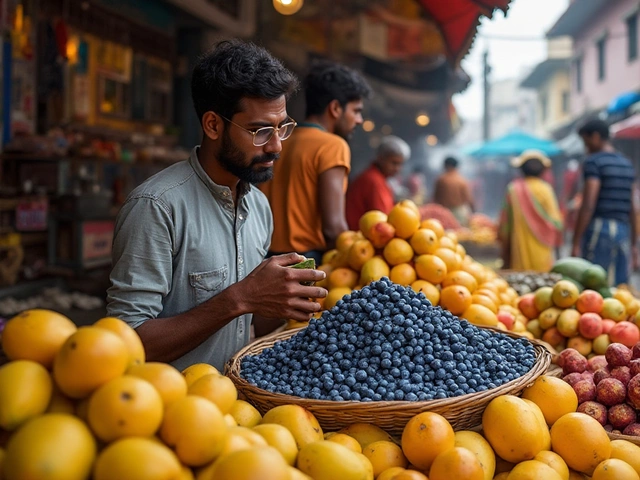Emergency Food Guide for Indian Gardeners
When power cuts, floods or market shortages hit, having food you can rely on makes a huge difference. You don’t need a fancy pantry or a huge budget – just a few smart steps in your garden and kitchen can give you peace of mind.
Why emergency food matters
Most Indian households depend on daily market visits. A sudden disruption can leave you scrambling for fresh produce, especially in hot months when food spoils fast. Growing your own staples and storing them safely cuts that risk. It also reduces waste, saves money, and lets you eat healthier, locally grown food when store shelves are empty.
Think of emergency food as a backup plan, not a luxury. A few bags of rice, some dried beans, and a handful of root veggies can keep a family fed for weeks. The key is to choose items that last long, are easy to grow, and fit Indian cooking styles.
Simple steps to build your emergency food supply
1. Pick low‑maintenance crops. Start with vegetables that store well: carrots, potatoes, onions, and ginger. These grow in most Indian soils and can be harvested over several months. If you have a small balcony, grow greens like spinach in containers – they grow fast and can be used fresh or dried.
2. Use proper spacing and staggered planting. Plant a row of carrots every two weeks. That way you have a steady harvest instead of a single big bunch that might rot before you use it.
3. Dry or pickle for longer life. After harvesting, wash and sun‑dry root veggies for a few hours each day. Store them in airtight jars with a pinch of salt. Pickling onions, ginger, and chilies not only preserves them but also adds flavor to emergency meals.
4. Keep a small grain stash. A 10‑kilogram bag of rice or millets costs little and lasts years if stored in a clean, dry container with a moisture absorber. Rotate the stock every six months – use some, replace with fresh grain.
5. Save seed for future planting. When you buy vegetables, set aside a few good‑looking seeds. Clean, dry them, and store in a cool place. Over time you’ll have a self‑sustaining supply without buying new packets.
6. Create a simple inventory. Write down what you have, how much, and the best‑by dates. A quick glance tells you what to use first and what needs replenishing.
These steps fit into daily garden chores – you’re not adding extra work, just tweaking what you already do. Over a season, you’ll notice a small but reliable stockpile that can handle short‑term emergencies.
Remember, emergency food isn’t about hoarding. It’s about being prepared, reducing stress, and feeding your family with fresh, familiar flavors when the world gets unpredictable.
Start small, keep things simple, and watch your garden become a safety net. Your future self will thank you the next time a power cut or a market delay happens.
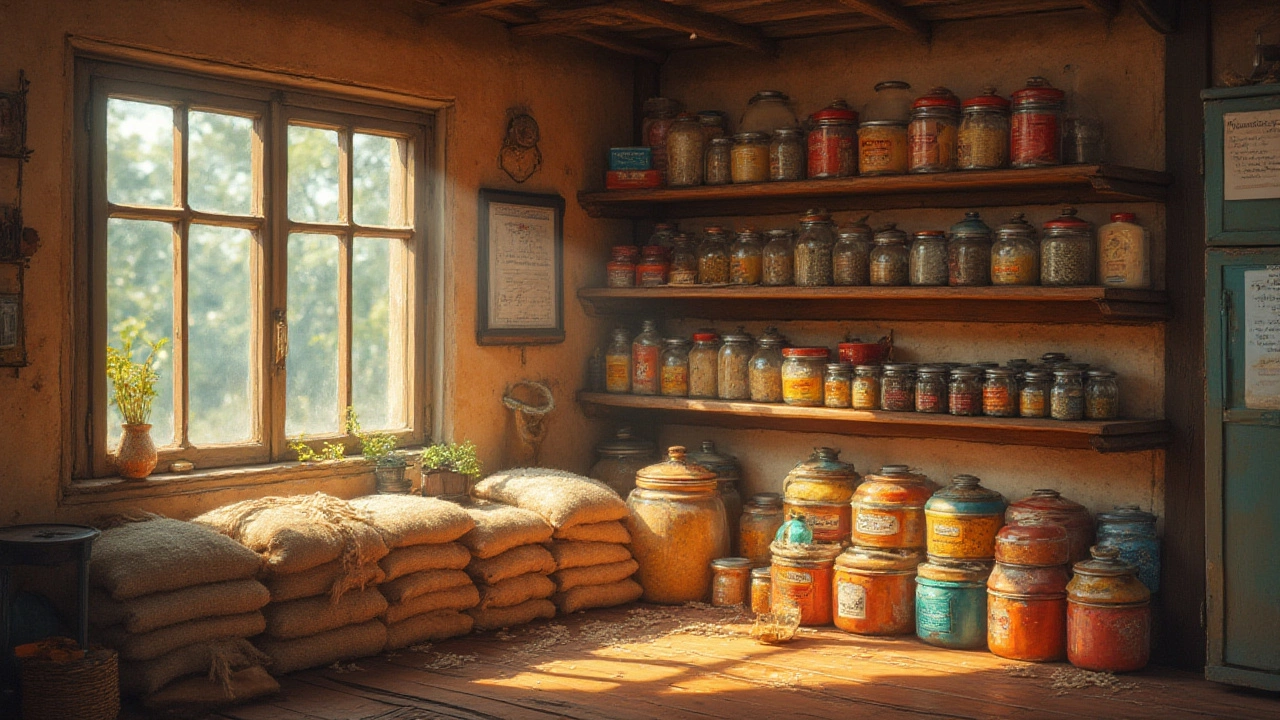
How Long Does Rice Last? Essential Stockpiling Tips for Long-Term Storage
Wondering how long you can keep rice stocked up? Get clear answers, useful facts, storage tips, and mistakes to avoid for building the best emergency rice stash.
About
Gardening
Latest Posts
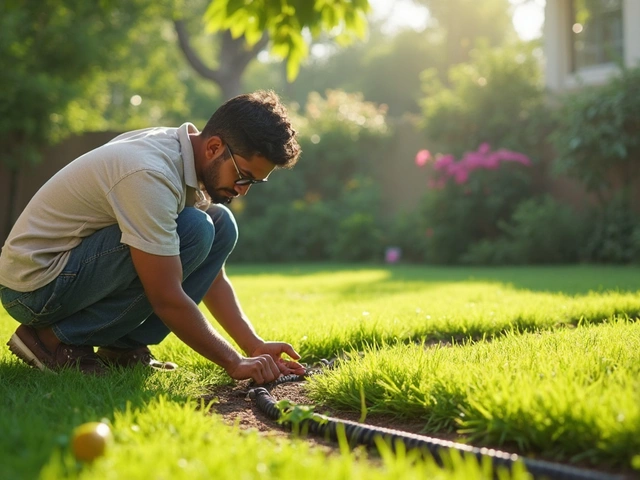
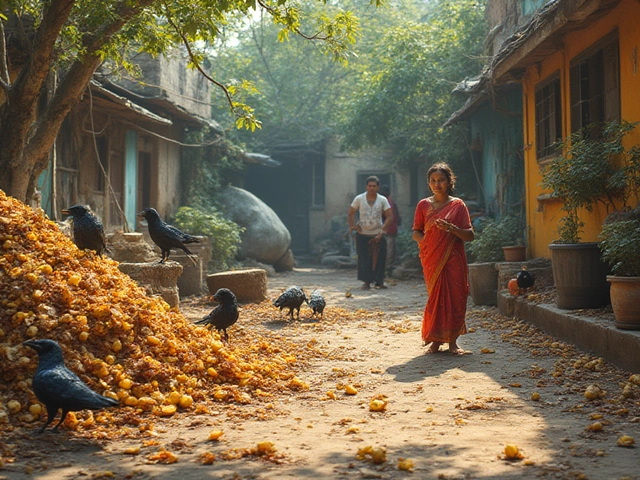
Composting Drawbacks: Real Issues, Surprising Facts, and Smart Tips
By Alden Thorne Jul 4, 2025

How Deep Should Drip Irrigation Lines Be Buried? Guide for Optimal Water Delivery
By Alden Thorne Sep 23, 2025
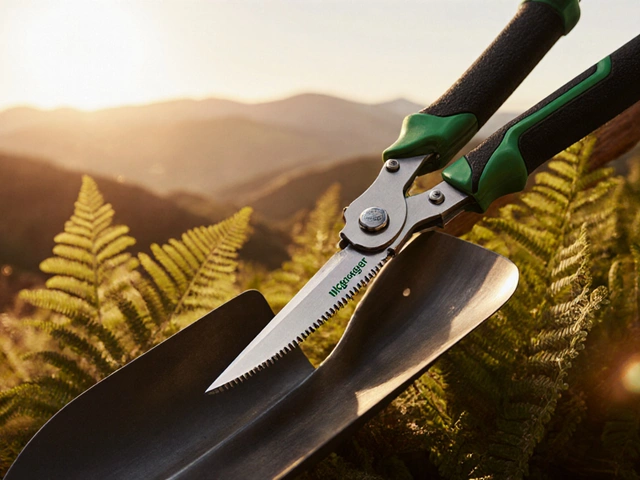
McGregor Garden Tools Manufacturer - Who Makes Them & Why They Top the Garden Tool List
By Alden Thorne Oct 26, 2025
